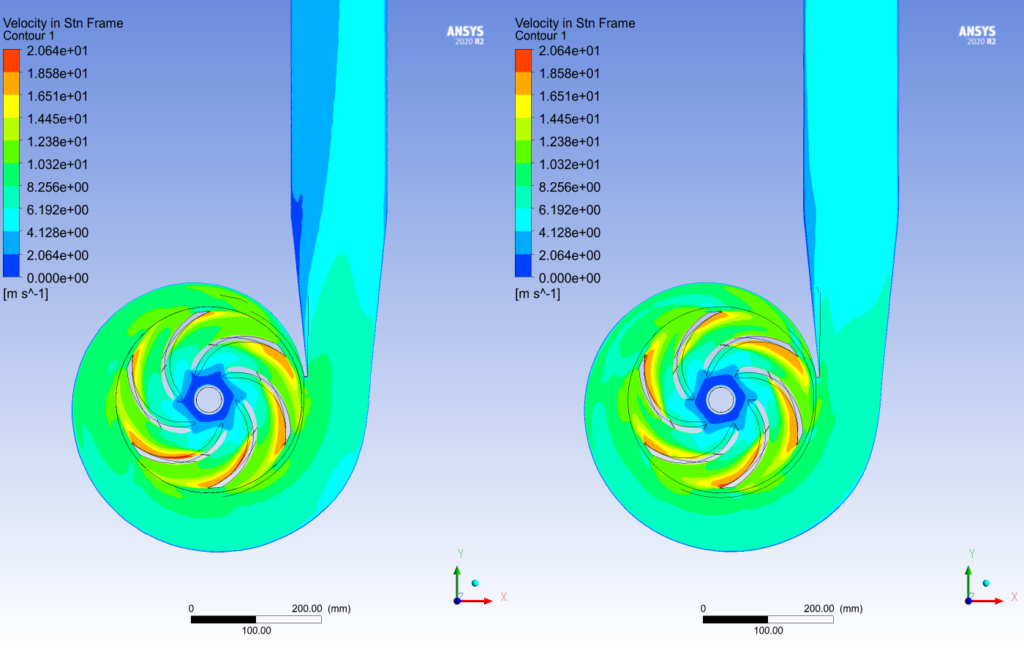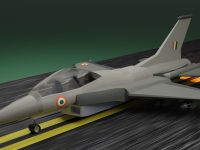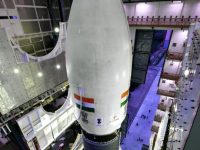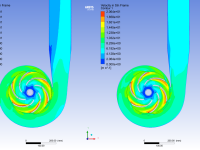
Computational Fluid Dynamics (CFD) is essential in aerospace engineering for simulating and analyzing fluid flow around aircraft and spacecraft. At its core, CFD relies on the numerical solution of the Navier-Stokes equations, which describe fluid motion, using discretization methods such as Finite Volume or Finite Element methods. Key aspects include generating high-quality meshes to accurately capture flow features, applying appropriate boundary conditions, and selecting suitable turbulence models to handle complex flow behaviors. CFD aids in optimizing aerodynamic performance, analyzing propulsion systems, and managing thermal conditions, ultimately enhancing design efficiency and performance in aerospace applications.
September 28, 2024
Saturday
7:00 pm-8 pm
199
MARS Exploration
hrmarsexplorationpvt@gmail.com
8530636474
Remote , Google Meet

1.1 Overview of Computational Fluid Dynamics (CFD)
Definition and basic principles
Historical development and significance in engineering1.2 Importance of CFD in Aerospace Engineering
Role of CFD in aircraft and spacecraft design
Key challenges and benefits specific to aerospace applications
2.1 Fluid Mechanics Basics
Continuity, momentum, and energy equations
Boundary conditions and flow regimes
2.2 Numerical Methods in CFD
Finite Volume Method (FVM) overview
Discretization techniques: mesh generation and grid refinement
3.1 Aerodynamics of Aircraft
Basics of lift, drag, and aerodynamic forces
Common aerodynamic problems and how CFD addresses them
3.2 Spacecraft Dynamics
Simulation of re-entry, atmospheric drag, and heat transfer
Challenges unique to spacecraft simulations
4.1 Overview of Popular CFD Software
Description of leading CFD tools (e.g., ANSYS Fluent, OpenFOAM, NASA’s FUN3D)
Comparison of features and applications
4.2 Software Integration and Workflow
Integration of CFD tools with CAD and other simulation software
Typical CFD workflow for aerospace projects
5.1 Importance of Mesh Quality
Impact of mesh quality on simulation accuracy and efficiency
Techniques for mesh generation and refinement
5.2 Mesh Types and Their Applications
Structured vs. unstructured meshes
Grid convergence studies and mesh independence
6.1 Overview of Turbulence Models
RANS (Reynolds-Averaged Navier-Stokes) models
LES (Large Eddy Simulation) and DES (Detached Eddy Simulation)
6.2 Choosing the Right Turbulence Model
Factors influencing model selection for different aerospace applications
Case studies highlighting turbulence modeling impacts
7.1 Types of Boundary Conditions
Inlet, outlet, wall, and symmetry conditions
7.2 Setting Up Boundary Conditions in Aerospace Simulations
Examples of boundary condition setups for aircraft and spacecraft
8.1 Importance of Validation and Verification
Techniques for validating CFD results with experimental data
8.2 Common Validation Practices in Aerospace
Case studies showcasing successful validation efforts
9.1 Aircraft Aerodynamic Analysis
Case study of CFD in aircraft wing design and optimization
9.2 Spacecraft Thermal and Aerodynamic Simulation

” Embarking on a CFD internship offers a unique opportunity to delve deeply into the world of Computational Fluid Dynamics, a critical tool in modern engineering. This experience is not just about mastering software and methodologies but also about understanding the underlying principles of fluid dynamics and how they apply to real-world problems. As an intern, you will engage with complex simulations, learn to create and refine computational models, and interpret results to drive innovation in aerospace design. Embrace every challenge as a chance to grow, ask questions, and seek feedback. This internship is a stepping stone to becoming proficient in a field that blends theoretical knowledge with practical application, preparing you for a successful career in aerospace engineering.”

Pursing or compaleting BE/B Tech /ME/M Tech In any Field of Engineering stream or 11 & 12 Standard Students


Eligibility: 1 year to 4th year or completed BE/B Tech/ME/M Tech aerospace/aeronautical/ Mechanical Engineering or Bsc in AME / Aviation aeronautical/

Eligibility: 1 year to 4th year or completed BE/B Tech/ME/M Tech aerospace/aeronautical/ Mechanical Engineering or Bsc in AME / Aviation aeronautical/

Eligibility: 1 year to 4th year or completed BE/B Tech/ME/M Tech aerospace/aeronautical/ Mechanical Engineering or Bsc in AME / Aviation aeronautical/

Eligibility: 1 year to 4th year or completed BE/B Tech/ME/M Tech aerospace/aeronautical/ Mechanical Engineering or Bsc in AME / Aviation aeronautical/
Welcome to MARS Exploration, the top aerospace startup in India, offering a cutting-edge online internship program for engineering students.
Important Links
Aircraft Design Internship
Rocket Design Internship
CFD Internship
Design & Analysis Internship
Finite Element Analysis Internship
Contact
hrmarsexplorationpvt@gmail.com
+91 8530636474 (Whatsapp)
A/p MadguleTal -Atpadi
Dist Sangli Maharashtra
© 2024Created by MARSE IT Department